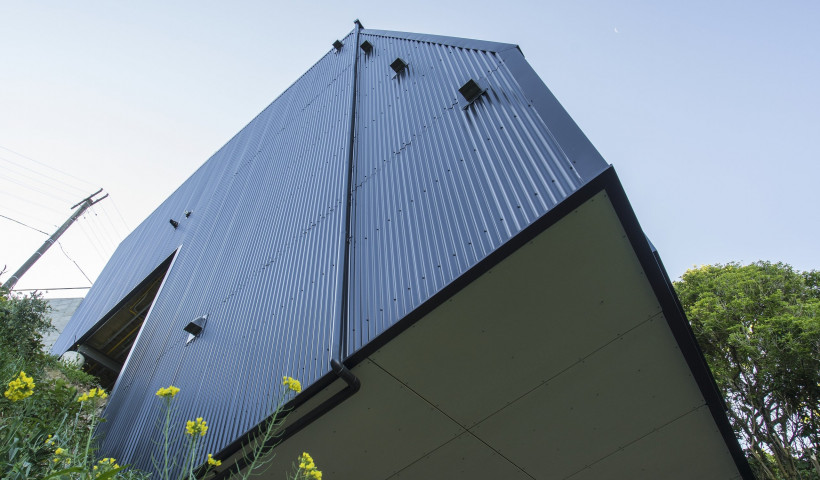
In the wake of recent seismic activity around New Zealand, engineers have begun strongly recommending lightweight metal roofing over heavy tiled roofs.
"When building, use "earthquake friendly" materials; remove heavy roofs like concrete tiles and replace them with lightweight materials such as steel." The Canterbury Earthquake: scientific answers to critical questions [2011]
Lightweight roofing has proven to be a strong performer during recent seismic activity — in most cases where a brick chimney collapsed onto a roof it went no further.
Structural engineer Wayne Brown was one of a team who assessed damage to Canterbury homes following the 2010 earthquake. His inspections of the post-quake damage found that extensive damage was caused by chimneys falling through heavy tiled roofs, or by tiles coming loose and falling, whereas metal roofing generally did not collapse under falling chimneys and was able to withstand the quakes.
"Heavy roof tiles and brick chimneys consistently failed and furthermore, as they fell, created more damage" said Wayne Brown.
Lightweight Steel Framing
In 2009 the National Association of Steel-framed Housing (NASH) led a comprehensive research programme with the University of Melbourne that demonstrated the seismic performance of light steel framing with brick veneer.
The full-scale test specimen (2.6m x 2.8m in plan and 2.4m in height) was made of a steel frame with veneer exterior cladding and plasterboard interior lining. All building products were typical, full sized, and sourced to emulate New Zealand building practice.
This test house was then subjected to seismic motions based on the El Centro 1940 North South record, scaled to generate levels of earthquake loading ranging from serviceability to maximum considered (MCE) — determined according to the New Zealand earthquake Standard NZS1170.5.
The performance of the test specimen exceeded target expectations at all levels of loading, and was subjected to nine shakes up to 1.57 x MCE before the testing was terminated due to the capacity of the shaking table being reached.
"With its excellent performance under an extremely onerous earthquake testing programme, it can be concluded that such form of construction would be expected to exhibit performance considerably better than the performance limits under the most demanding design seismic conditions in New Zealand." [1]
This testing was a world first in terms of the unique high strength thin-walled steel used in New Zealand, and demonstrates that light steel frames with brick veneer exhibit excellent earthquake performance.
BRANZ - Building Seismic Performance
BRANZ is holding a conference specially designed to highlight the importance of achieving seismically resilient building construction. This event is being held between August 26th and September 5th with venues from Tauranga to Napier.
For more information about this event, visit the BRANZ website, or phone (04) 238 1291.
[1] Seismic Performance of a Brick Veneer Steel Framed Test House. Auckland: National Association of Steel-Framed Housing (NASH).













 Case Studies
Case Studies








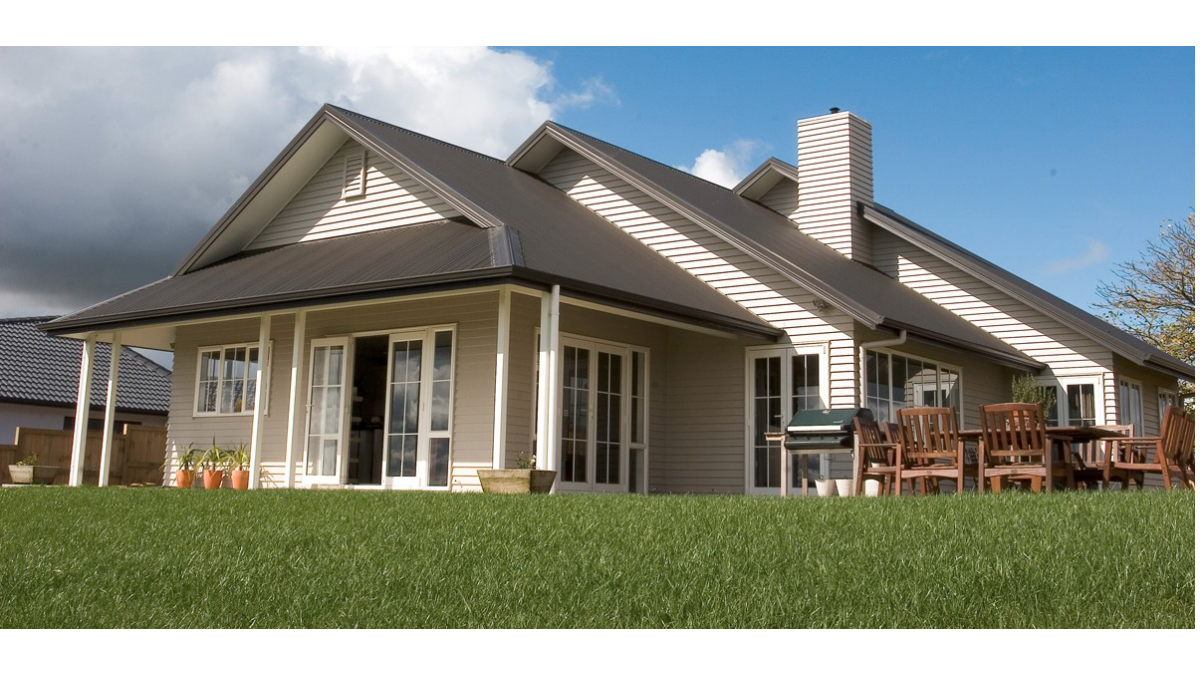


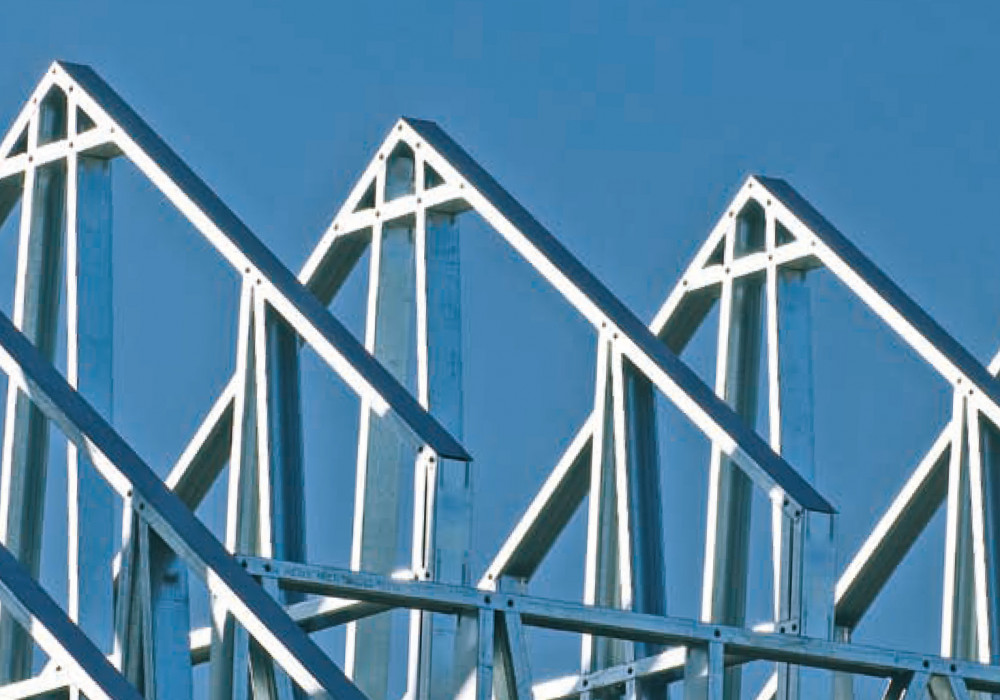

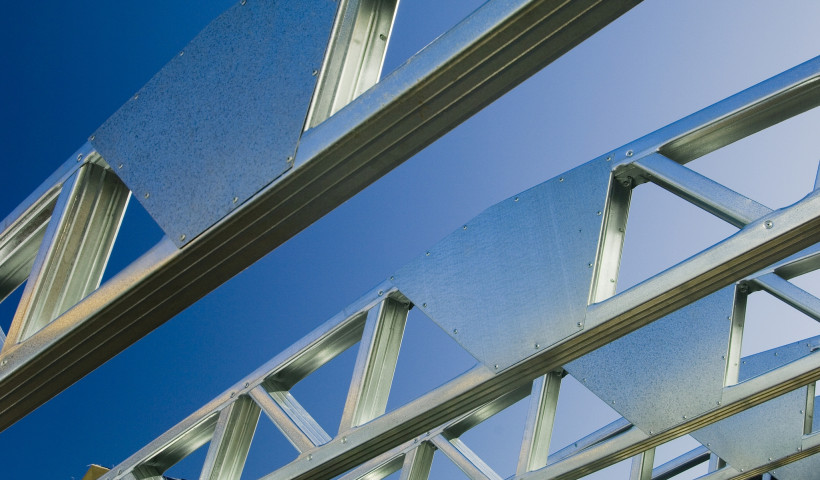
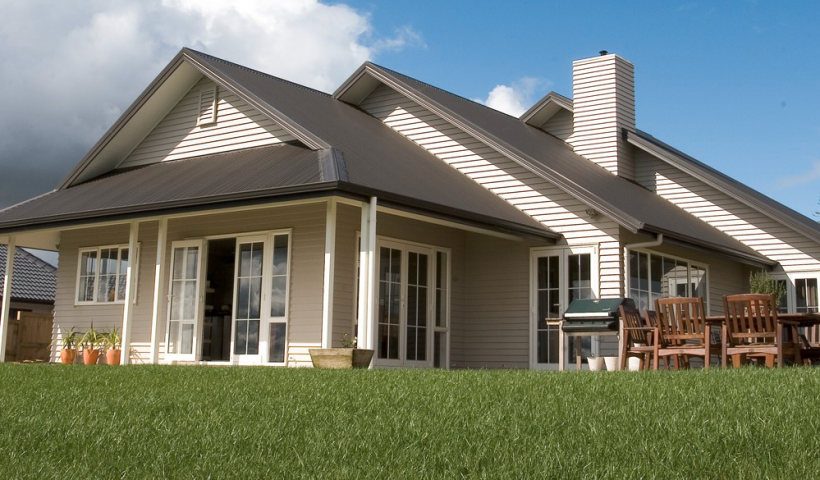
 Popular Products from Axxis Steel
Popular Products from Axxis Steel
 Most Popular
Most Popular


 Popular Blog Posts
Popular Blog Posts